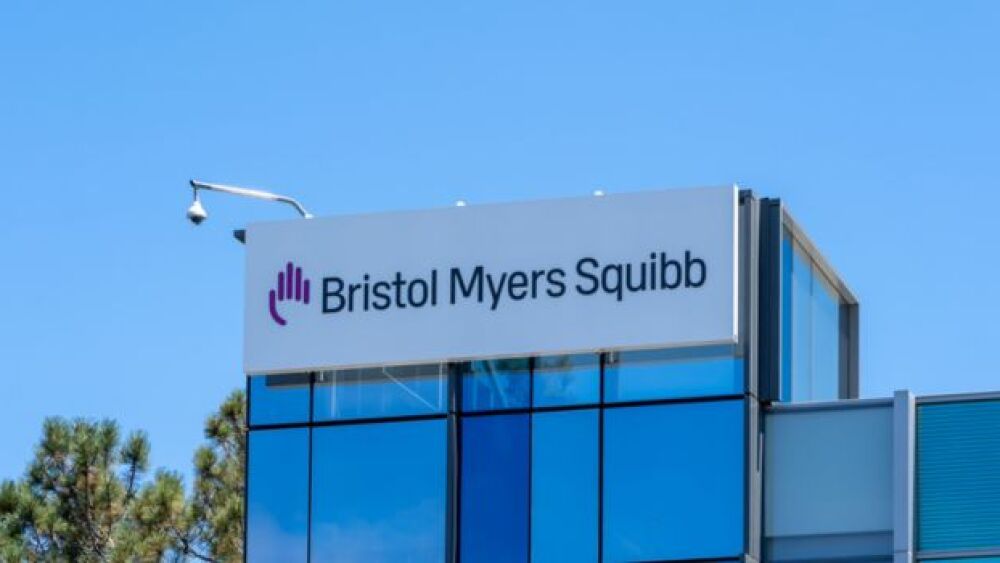Even though chemical manufacturing should be intrinsically safe, the Guide shows how appropriate process review is essential to maintaining reaction control, particularly when operating conditions deviate from expected norms. Predominant variables discussed include reactant accumulation, high impurity sensitivity, induction issues and inaccurate kinetic assumptions. Modeling for heat, energy accumulation, and induction is covered in depth using a semi-batch nitration reaction as an example.
Because modeling reactions in practice is typically not feasible, the Guide shows how critical process safety analysis can be reduced to a number of basic properties that accurately predict maximum temperature of the synthesis reaction (MTSR) and worst-case scenario maximum attainable temperature (MAT). This data, in turn, can be depicted as a “Runaway Graph,” accounting for both primary and secondary reactions. This graph can then be used to effectively redesign processes to increase reaction safety, even under unexpected, adverse conditions, using techniques such as modifying concentration/feed rates and continuous vs. batch or semi-batch processing. Evaluating process criticality is also covered.
The ultimate goal of the Process Safety Guide is to achieve desired reaction outcomes—including maximum productivity—alongside optimum safety. To learn more about effectively modeling potential runaway scenarios, and how applying these models to chemical and pharmaceutical manufacturing can help limit manufacturing hazards and reduce costs, download a copy of the Guide free at www.mt.com/AC-PSGuide




